This week I got to spend a few days in Anza-Borrego Desert State Park, and at the Steele-Burnand Desert Research Center (a fantastic field station!).
In Anza-Borrego, one of the park’s botanists, Larry Hendrickson, has been leading a weeding effort at a popular wildflower viewing site. For more than 10 years, he has led a team of volunteers in carefully removing all of the Brassica tournefortii individuals from within delineated removal plots. Brassica tournefortii, commonly known as Sahara mustard, is a noxious invasive plant throughout the southwest U.S. that negatively impacts native annual plants. The effect is striking – where Brassica tournefortii is removed, native annual plants thrive and the landscape is a lush mixture of native wildflowers. Where Brassica tournefortii is left intact, it is nearly the only plant species present!
In Anza-Borrego, one of the park’s botanists, Larry Hendrickson, has been leading a weeding effort at a popular wildflower viewing site. For more than 10 years, he has led a team of volunteers in carefully removing all of the Brassica tournefortii individuals from within delineated removal plots. Brassica tournefortii, commonly known as Sahara mustard, is a noxious invasive plant throughout the southwest U.S. that negatively impacts native annual plants. The effect is striking – where Brassica tournefortii is removed, native annual plants thrive and the landscape is a lush mixture of native wildflowers. Where Brassica tournefortii is left intact, it is nearly the only plant species present!
We know that Brassica tournefortii has negative effects on many native plants, but we know less about how it affects our native arthropods. It’s important to know which organisms are impacted by invasive species, because this information helps biologists to protect the most vulnerable species. As arthropods are amazingly diverse in form, function and ecology, different groups of animals are likely to be affected differently.
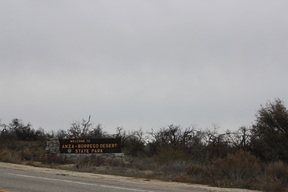
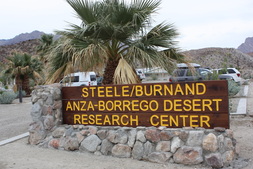
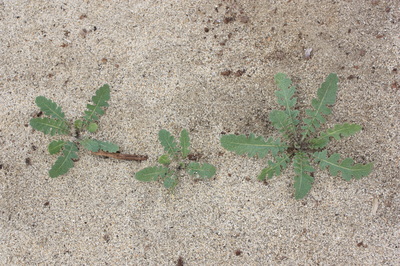
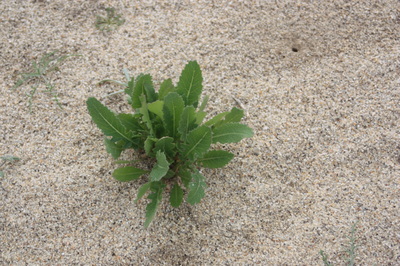
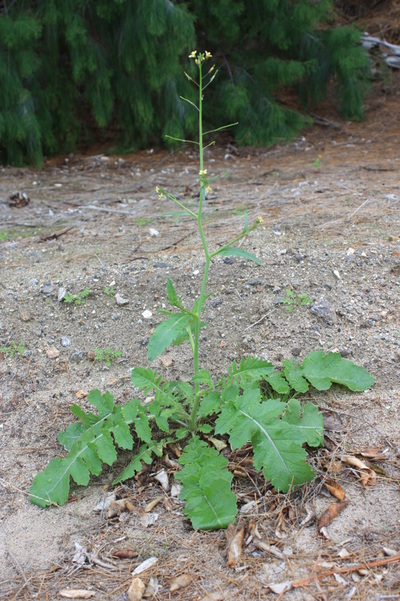
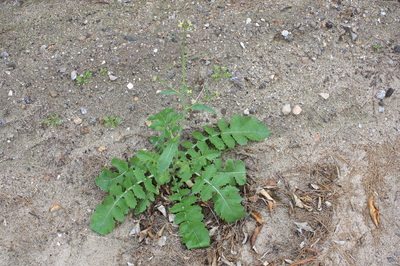
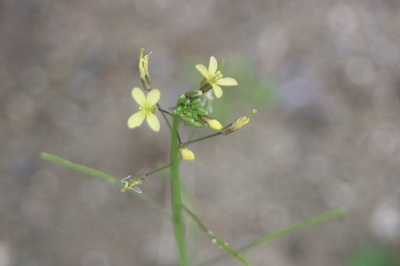
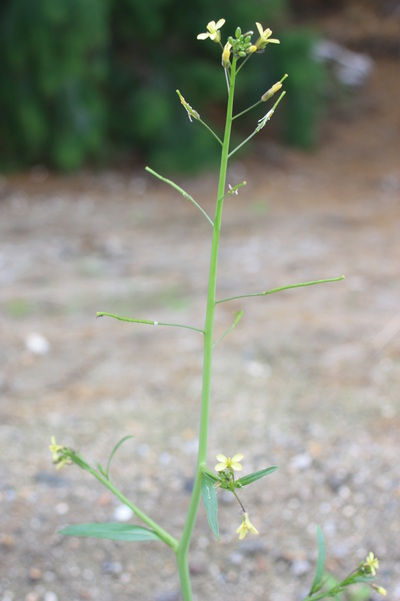
 RSS Feed
RSS Feed
